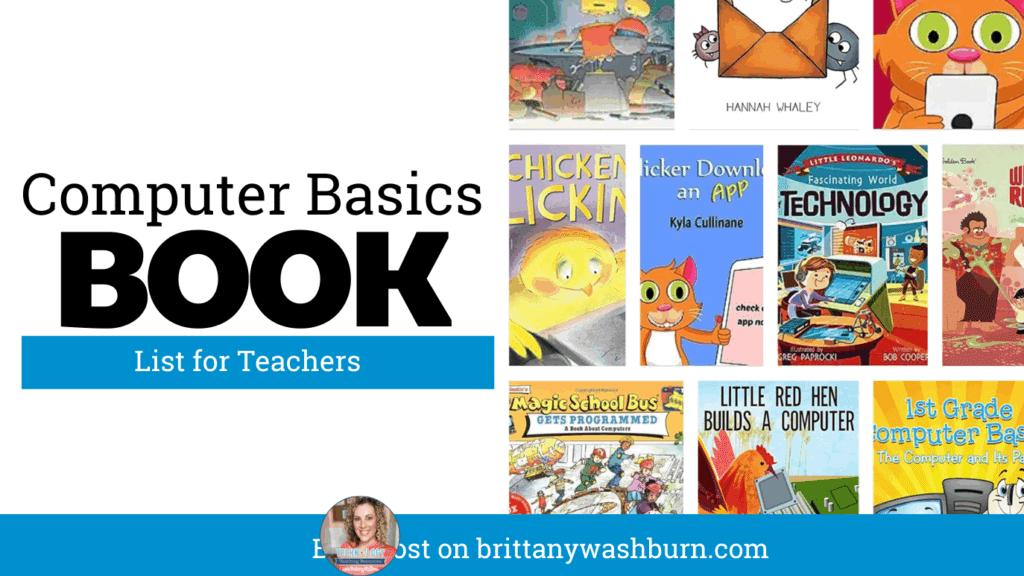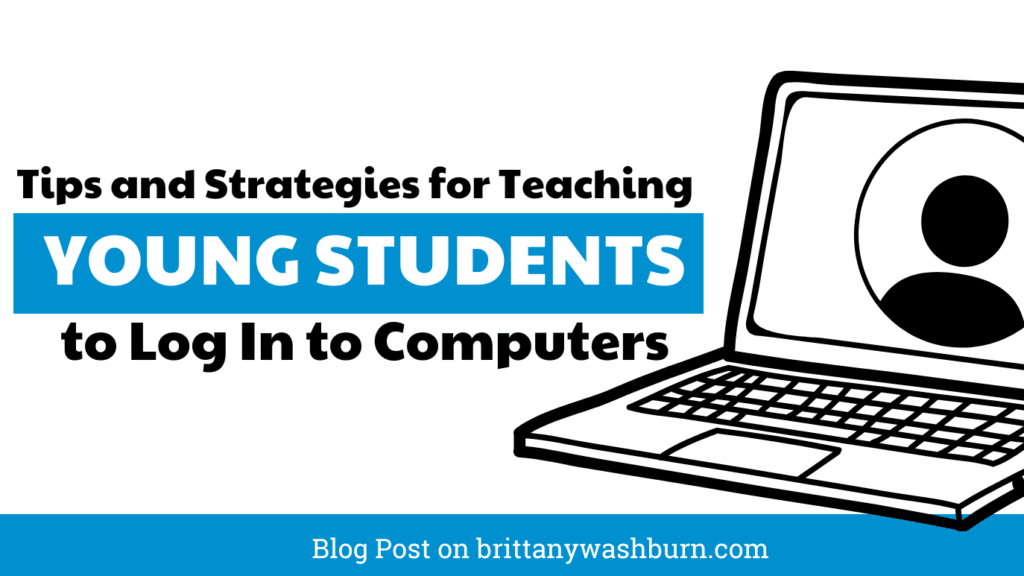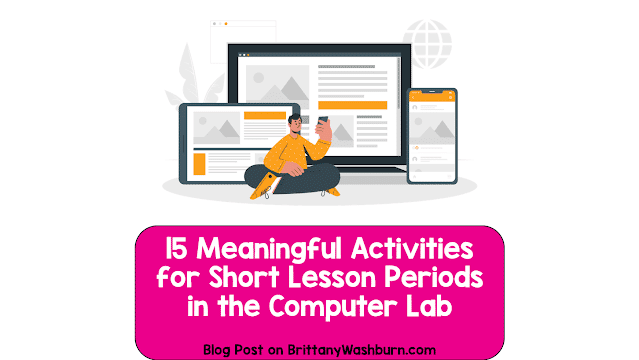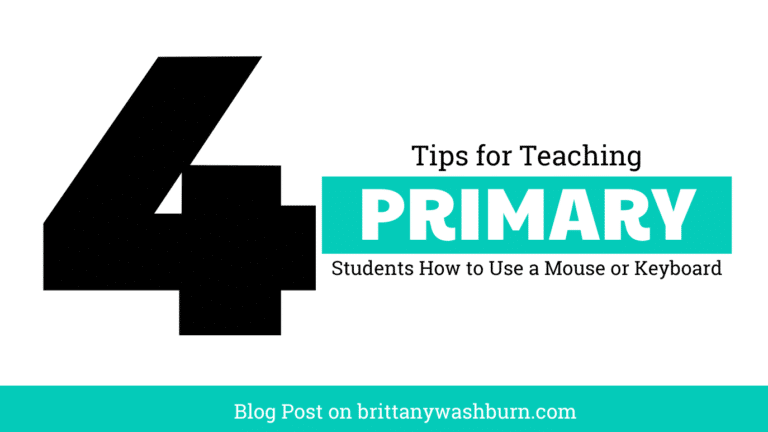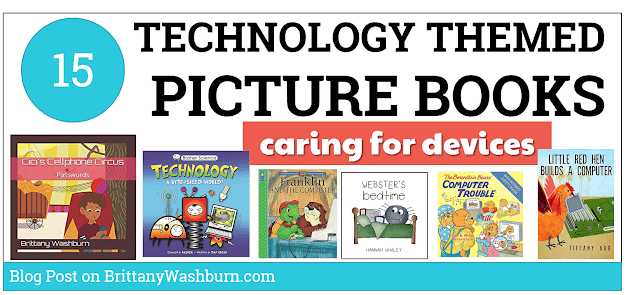How to Teach Computer Basics to Non-readers

As educators and trainers, it is important to find ways to effectively teach computer basics to non-readers. In this article, we will explore strategies and techniques for teaching computer basics to non-readers, including using visual aids, hands-on activities, simplifying language, and personalizing learning. By the end of this article, you’ll have a better understanding of how to empower non-readers with basic computer skills.
1. Introduction: Understanding the Challenge of Teaching Computer Basics to Non-Readers
Why Teaching Computer Basics to Non-Readers Can Be Challenging
Teaching computer basics to non-readers can be a difficult task because traditional methods of instruction rely heavily on written text. However, with the increasing use of technology in our daily lives, it is essential to help non-readers understand the basics of computers. This article explores various techniques that can be used to teach computer basics to non-readers.
2. Visualizing Concepts: Using Images and Videos to Teach Computer Basics
Visual aids are an excellent tool for teaching computer basics to non-readers. Images, pictures, and videos can help to simplify complex concepts and make them more accessible. When using images, it is essential to choose clear and straightforward graphics that are easy to understand. Videos, on the other hand, can be used to demonstrate step-by-step instructions or to show the functioning of software. For example, a video tutorial on how to use a mouse or keyboard can be very helpful.
3. Hands-On Activities: Engaging Non-Readers in Interactive Learning
Hands-on activities are an effective way to engage non-readers in interactive learning. These activities can help to reinforce computer basics concepts and make learning more fun. Examples of hands-on activities include interactive games, quizzes, and puzzles, which can be used to teach concepts such as drag and drop, clicking, and double-clicking. Additionally, activities such as assembling a computer or taking apart a keyboard can help to reinforce hardware concepts.
4. Simplifying Language: Using Simple Language and Step-by-Step Instructions
Simplifying language and providing step-by-step instructions are essential when teaching computer basics to non-readers. Using simple language helps to make concepts easy to understand, while step-by-step instructions break down complex procedures into manageable steps. It is also important to avoid using jargon or technical terms that may not be familiar to non-readers. Additionally, providing visual aids alongside the instructions can help to reinforce the concepts being taught.
5. Personalizing Learning: Adapting Teaching Strategies to Meet Individual Needs
As a teacher, it’s important to recognize that each student is unique and has their own way of learning. When it comes to teaching computer basics to non-readers, it’s even more crucial to adapt your teaching strategies to meet their individual needs.
Why Personalizing Learning Is Important for Non-Readers
Non-readers may have difficulty comprehending written instructions or following text-based tutorials. By personalizing their learning experience, you can tailor your teaching methods to their preferred learning style, whether it’s visual, auditory, or kinesthetic.
How to Adapt Teaching Strategies to Meet Individual Needs for Computer Basics
To personalize learning for non-readers, you can use visual aids such as pictures, diagrams or videos to help them understand concepts better. You can also use hands-on activities or games that engage them in learning while having fun. Additionally, you can use voice recordings or verbal instructions to explain concepts to auditory learners.
6. Setting Realistic Goals: Identifying Achievable Objectives for Non-Readers
It’s essential to set realistic goals for non-readers learning computer basics. By identifying achievable objectives, you can help build their confidence and make learning more achievable.
Why Setting Realistic Goals Is Important for Non-Readers
Non-readers may be intimidated by the idea of learning computer basics, and setting unrealistic goals may only add to their frustration. By setting achievable objectives, you can provide them with a sense of accomplishment and motivate them to continue learning.
How to Identify Achievable Objectives for Teaching Computer Basics
Start by breaking down complex tasks into smaller, more manageable steps. For example, if you’re teaching them how to use the mouse, begin with demonstrating how to move the cursor, then clicking a single button, then dragging and dropping. You can also provide them with simple, achievable tasks such as opening a program or typing their name.
7. Collaboration and Support: Partnering with Family Members and Caregivers
Collaboration and support are crucial elements in teaching computer basics to non-readers. Working together with family members or caregivers can provide them with a strong support system and create a more conducive learning environment.
Why Collaboration and Support Are Important for Teaching Computer Basics to Non-Readers
Family members or caregivers can reinforce what you’re teaching by practicing with the non-reader and providing encouragement. Additionally, they may have a better understanding of the non-reader’s individual needs and can provide valuable feedback on their progress.
How to Partner with Family Members and Caregivers to Support Non-Readers Learning Computer Basics
Encourage family members or caregivers to participate in the learning process. They can practice with the non-reader at home, help with homework, and provide positive feedback on their progress. You can also provide resources, such as videos or handouts, for them to use at home.
8. Conclusion: Empowering Non-Readers with Computer Basics
Learning computer basics can be a daunting task for non-readers, but by personalizing their learning experience, setting realistic goals, and collaborating with family members or caregivers, you can empower them with valuable skills.
Recap of Strategies for Teaching Computer Basics to Non-Readers
- Personalize learning: Adapt teaching strategies to meet individual needs, whether it’s visual, auditory or kinesthetic.
- Set realistic goals: Break down complex tasks into smaller, more manageable steps. Provide achievable tasks to build their confidence.
- Collaborate and support: Partner with family members or caregivers to provide a strong support system and create a more conducive learning environment.In conclusion, teaching computer basics to non-readers may require different approaches and techniques than those used for traditional learners. However, with patience, creativity, and the right strategies, we can help non-readers gain basic computer skills and connect with the digital world. By using images and videos, hands-on activities, simplified language, personalizing learning, and collaborating with family members and caregivers, we can empower non-readers with the knowledge and skills needed to navigate the digital landscape confidently.

FAQs
Can non-readers learn computer basics?
Yes, non-readers can learn computer basics. However, it may require different approaches and techniques than those used for traditional learners. By using visual aids, hands-on activities, simplified language, and personalizing learning, educators can help non-readers gain basic computer skills.
What are the benefits of teaching computer basics to non-readers?
Teaching computer basics to non-readers can provide numerous benefits, such as improving communication, increasing independence, enhancing creativity, and providing equal access to technology. Learning computer basics can also foster a sense of accomplishment and confidence in non-readers.
How can educators adapt teaching strategies to meet individual needs?
Educators can adapt teaching strategies to meet individual needs by assessing the student’s strengths, preferences, and learning styles. They can also provide personalized instruction, alternate teaching methods, and one-on-one support. Collaborating with family members and caregivers can also help to identify the best strategies for meeting individual needs.
What are some examples of hands-on activities for teaching computer basics?
Some examples of hands-on activities for teaching computer basics to non-readers include using a touch screen to navigate basic functions, playing educational computer games, using a mouse to point and click, and participating in interactive simulations. These activities can engage non-readers in interactive learning and reinforce computer basics concepts.

Check out some other posts from the Computer Basics Category:
Mouse and Trackpad Practice Sites
As technology continues to play an increasingly important role in every aspect of our lives,…
Computer Basics Book List
Computer basics are the foundation of any technology class, and the discussion can start with…
Tips and Strategies for Teaching Young Students to Log In to Computers
As an experienced technology teacher, I’m happy to share some tips and strategies with you…
Teaching Elementary Students how to Troubleshoot Common Technology Issues
With technology becoming an increasingly integral part of our lives, it is essential to teach…
Basic Computer Skills in the Elementary Classroom Teaching Guide
Basic computer skills are essential for success in school and beyond. While many elementary school…
The Importance of Keyboarding in Kindergarten
As the world becomes increasingly digital, it’s essential to equip our youngest learners with the…


